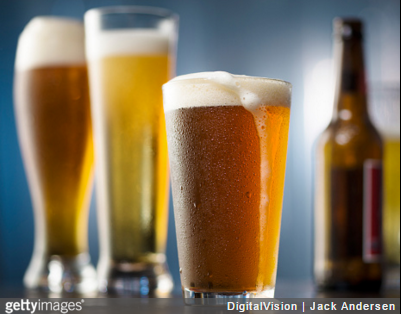Written by Kyle Criddle
Utah’s demographic makeup is changing and beginning to reflect a population with a higher number of alcohol consumers. This comes as no surprise, as professionals and vacationers come to Utah from all corners of the globe. Beer and spirits sales have skyrocketed in the last decade, with sales from July 2014 through February 2015 increasing by $18.6 million.
In 2013, sales of liquor and wine brought in a total tax revenue of approximately $56 million. The vast majority of this money, approximately $38 million, was transferred to the school lunch and public safety funds, with very little being invested back into the state liquor stores. Speaking for all taxpaying consumers who drive 30 minutes or more for their beer, wine and spirits, I find this unacceptable.
Utah law mandates the Department of Alcoholic Beverage Control (DABC) forward all profits to the state’s coffers, allowing the state to decide how to allocate the money. This is the underlying problem. There is a clear disregard for the concerns and desires of drinkers, who state officials seem to treat more like a revenue stream than a group of legitimate customers.
Considering the consistent increase in liquor, beer and wine sales in recent years, you would think it would be in Utah’s best interest to expand the number of state liquor stores and improve employee training, promotion and retention. Unfortunately, very little money is funneled back to the DABC to address these basic needs. Even though the departments’ stated policy is “to operate as a public business using sound management principles and practices, and function with the intent of servicing the public demand for alcoholic beverages,” the inverse is more accurate. This policy sounds like nothing more than hypocrisy.
Lack of reinvestment into the DABC and stifled construction of new liquor store locations poses a problem for drinkers who are forced to wait in long lines, drive lengthy distances and deal with frustrated, undertrained and underpaid employees. Last year, the state’s 45th store was built in West Valley — the first since 2010. With a state population of three million, the ratio of store:consumer does not seem proportionate.
The population jumped 27 percent between 2001 and 2009, while alcohol sales and consumption more than doubled, indicating that sales and consumption are increasing faster than population growth. I had hoped this would give our state legislature enough financial incentive to at least take up the idea of building new stores and not just replacing the old ones but instead remodeling them with new assets. With new store locations, customers could expect lower wait times and a reasonable drive or walk to pick up a case of their favorite lager.
One thing that is certain is that eventually, whether this historically anti-alcohol state of ours likes it or not, there will be a higher majority of alcohol consuming proponents who demand equal consideration and improvements to the DABC, as well as state laws directly imposing this issue.


